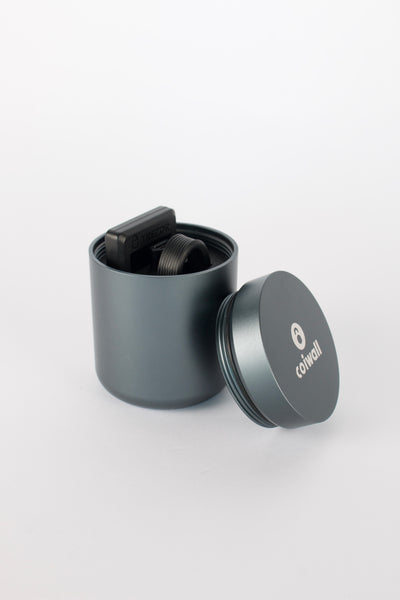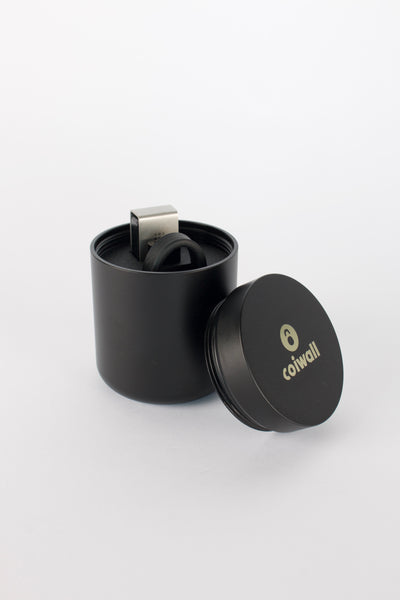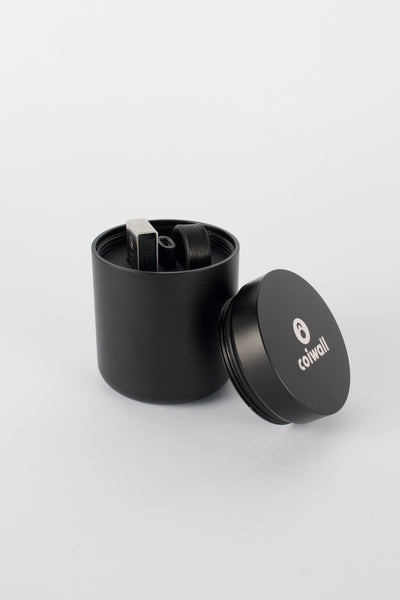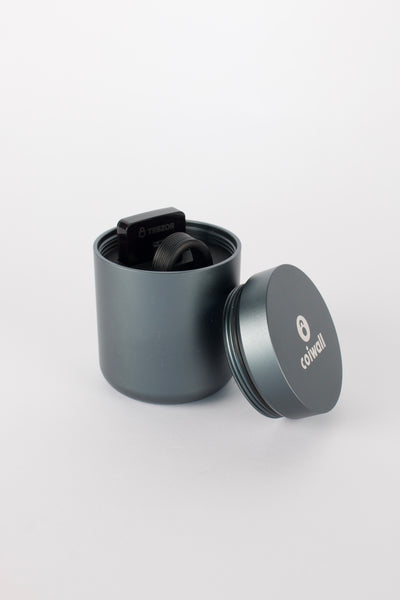Let’s be honest, one of the first things you notice when making a transaction on a blockchain like Ethereum or Bitcoin isn’t all that fancy tech gobbledygook or the decentralized freedom. Nope, it’s the gas fee—the slightly annoying, sometimes mysterious charge that sits between your crypto wallet and your destination. But what’s really behind this digital toll, and how can you navigate it without losing your shirt or your sanity?
The Skinny on Gas Fees—Not Just Hot Air
You know what? Gas fees aren’t as otherworldly as they sound. Think of them as a sort of cover charge to get into your favorite club—except in this case, the club is the blockchain and the bouncer is a rather picky computational algorithm. Every time you send some Ether, swap tokens, or mint an NFT, you’re asking the network to run a teeny-tiny program. That program takes work, and work costs money, a.k.a. gas. (Except unlike your car, you can’t top off at the local station.)
What Actually Decides the Gas Fee?
This is where things get spicy. The basic recipe used to be simple: Gas Fee = Gas Limit × Gas Price. The gas limit is the amount of computational juice your transaction needs. The gas price? That’s the price per unit, usually calculated in gwei (a minuscule sliver of Ether—1 gwei is 0.000000001 ETH).
But here’s the twist: Ethereum’s big EIP-1559 update in August 2021 changed things up. Now, there’s a base fee—kinda like a dynamic ticket price that fluctuates based on how crowded the venue is. There’s also a priority fee (think of it as tipping the doorman), just in case you want your transaction to cut the line.
So, these days, it’s: Total Fee = (Base Fee + Priority Fee) × Gas Used. And if you’ve noticed, the network is often more crowded than a summer subway train.
Real-World Glimpses: How Much Are We Talking?
Let’s make it real. Say you want to send some ETH from your Ledger hardware wallet to your favorite exchange. The transaction might use 21,000 gas units. If the base fee is 15 gwei and you’re feeling generous with a 2 gwei tip, that’s:
- 21,000 × (15 + 2) = 357,000 gwei
- That’s 0.000357 ETH… which might be just a few bucks or, on a bad day, the price of an overcooked lunch in Manhattan.
But gas fees aren’t static. During NFT fever or a meme coin craze, you might as well be trying to hail a cab in a rainstorm—everyone’s competing for attention and the price shoots up.
Bitcoin Fans Feel It Too
Don’t think the Ethereum crowd is alone in this. Sending Bitcoin also means dealing with a transaction fee, only the calculation is a bit different. It’s based on transaction size (in bytes) and how much the network’s jammed up. Busy times? Bids can go through the roof. Calm moments? Fees drop, sometimes even below a dollar.
Speaking of Wallets: Does Hardware Change Anything?
Here’s an easy misconception: Does using a hardware wallet like Trezor or Ledger magically shrink your gas fees? Sorry to burst that bubble—hardware wallets like these are vaults, not coupon books. They keep your keys safe so nobody can mess with your funds, but they can’t haggle down what you owe the network. The fee is baked into the blockchain’s rules, not the device in your hand.
Still, using a hardware wallet means you can confidently set custom fees when you want (if you’re the DIY type), and sleep a little easier knowing hacks aren’t as likely to eat up your balance while you wait for a transaction to clear.
So Why Are Gas Fees Sometimes So Wild?
It’s all about the crowd. The more people trying to jam their transactions into the next block, the higher the price goes. It’s kind of like surge pricing in apps, but without friendly notifications. Major events, sudden price swings, or new NFT drops? Prepare for sticker shock.
And don’t even get me started on meme coins. A single viral tweet can clog Ethereum faster than a clogged drain after Thanksgiving dinner.
Could You Pay Less? Here’s What Actually Works
- Patience is a virtue: If you’re not in a rush, lower the priority fee and let your transaction take its sweet time. Off-peak hours are sometimes much cheaper.
- Use Layer 2: Rollup networks like Arbitrum or Optimism shuttle transactions off the main highway, offering the same security with way lower fees.
- Batch when you can: If you’re sending funds to multiple addresses, batch them together if the app allows. More bang for your buck.
- Track with tools: Use Etherscan’s Gas Tracker (seriously bookmark it) to check times when prices trend low.
And don’t forget, the gas you pay is all about speed and demand. No third party gets to skim a little extra off the top, which is more than you can say for most banks.
A Quick Comparison: Blockchain Fees vs Good Ol’ Credit Card Fees
Let’s switch gears for a second. Swipe your credit card, and the merchant coughs up 2-3% to the card company. That’s a recurring tax on every transaction, quietly siphoned away in the background. In crypto, you pay gas when you send, and that’s usually it. No monthly maintenance, no surprise late fees—just the network charge for moving your coins from A to B.
Final Thoughts: Navigating the Gas Maze with Smarts—Not Sweat
Gas fees might seem like yet another hurdle to crypto adoption, but look under the hood and they actually keep the blockchain fair, functional, and (mostly) free of spam. Sure, there are times you’ll have to grit your teeth and pay up, but with a little planning and a steady finger on those gas settings, you don’t have to get gouged.
And if you’re rocking a Trezor, Ledger, or any top-tier hardware wallet, congratulations—you’ve taken a big step toward security, even if you can’t dodge the fee fairy entirely. At least you know your coins are safe, even when you’re stuck waiting for your transaction to clear. Ready to send that next transfer? Maybe check the gas tracker first. Your future self will thank you.











